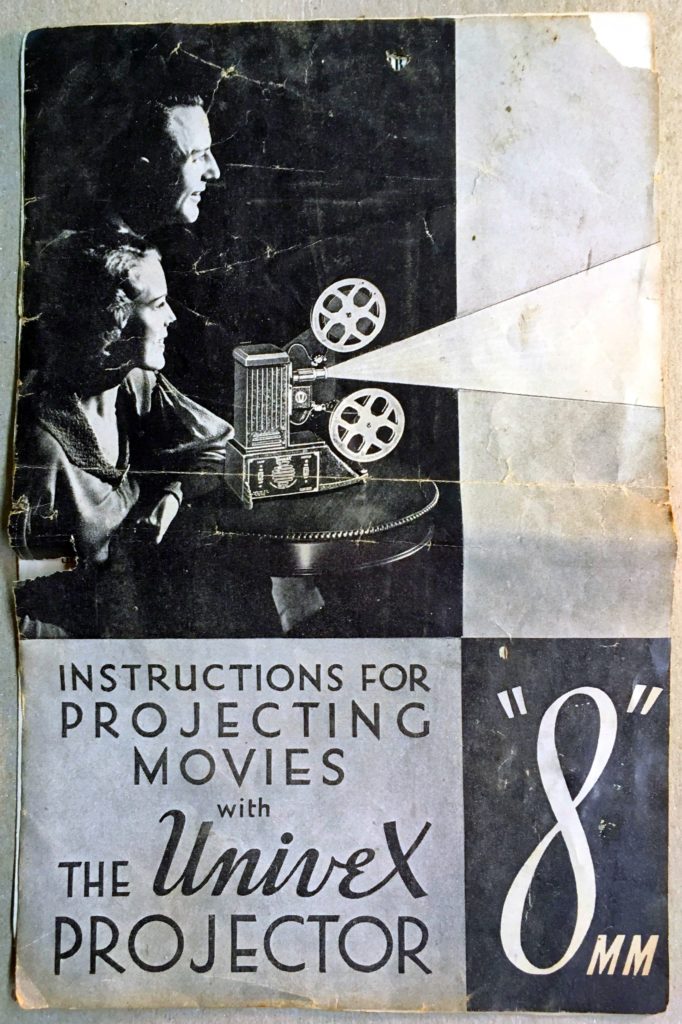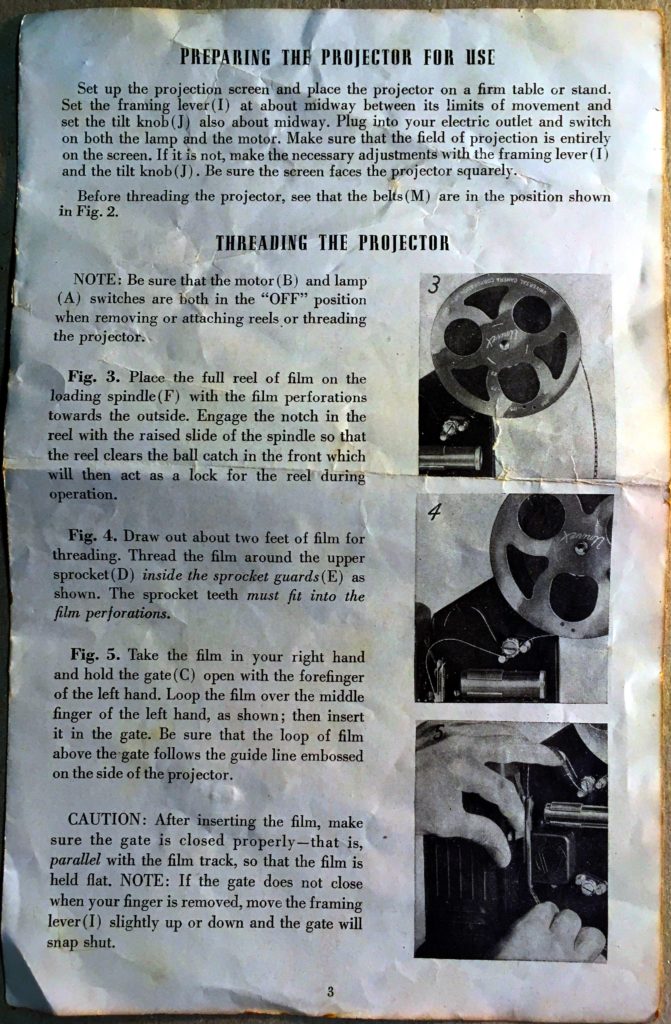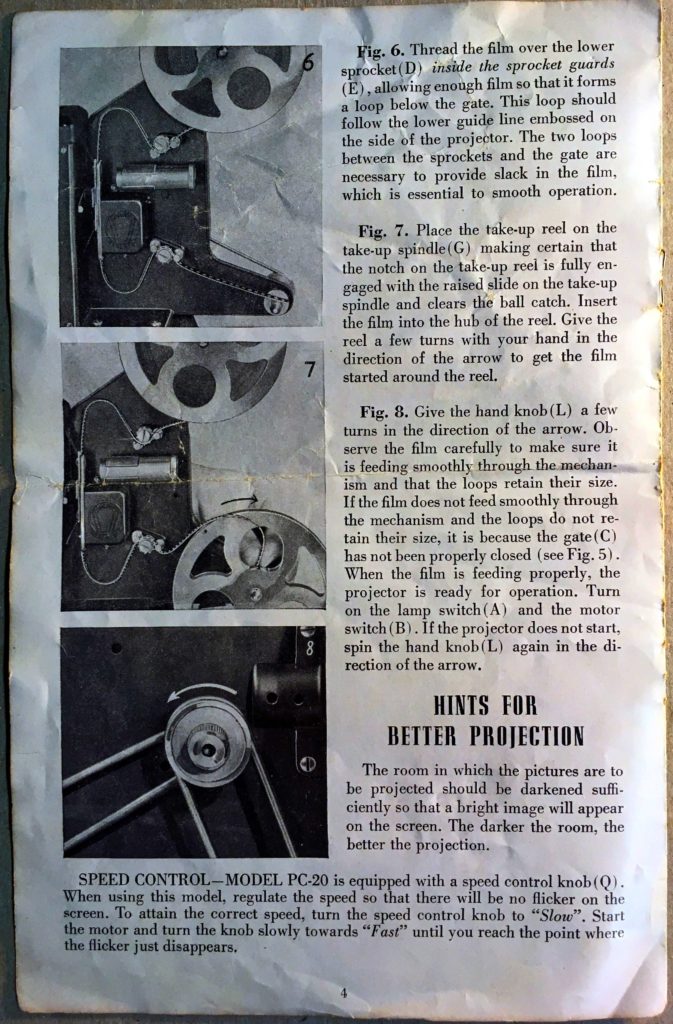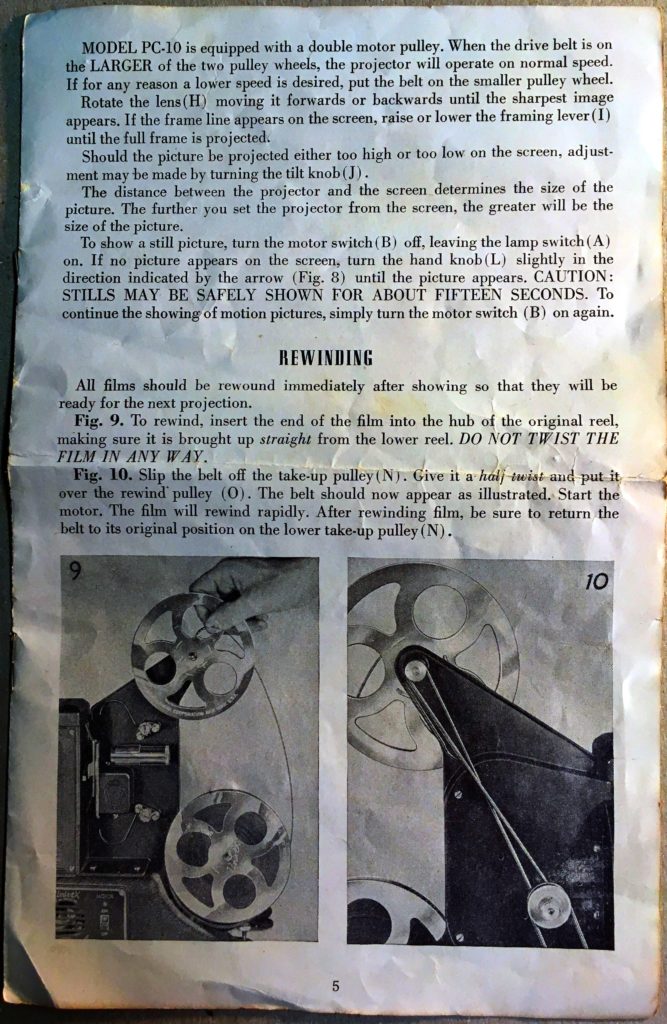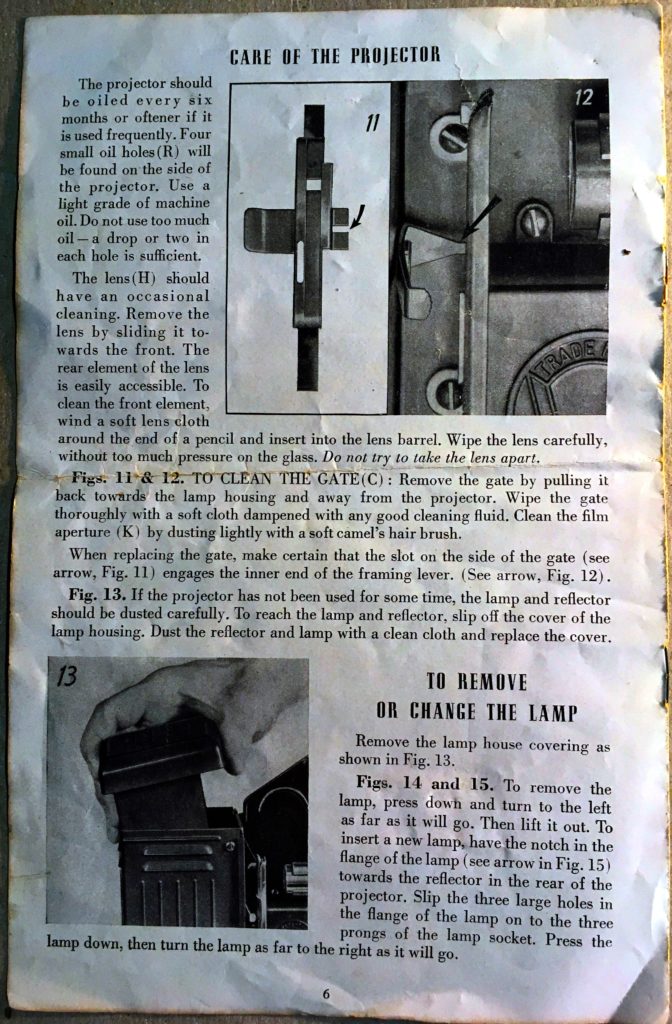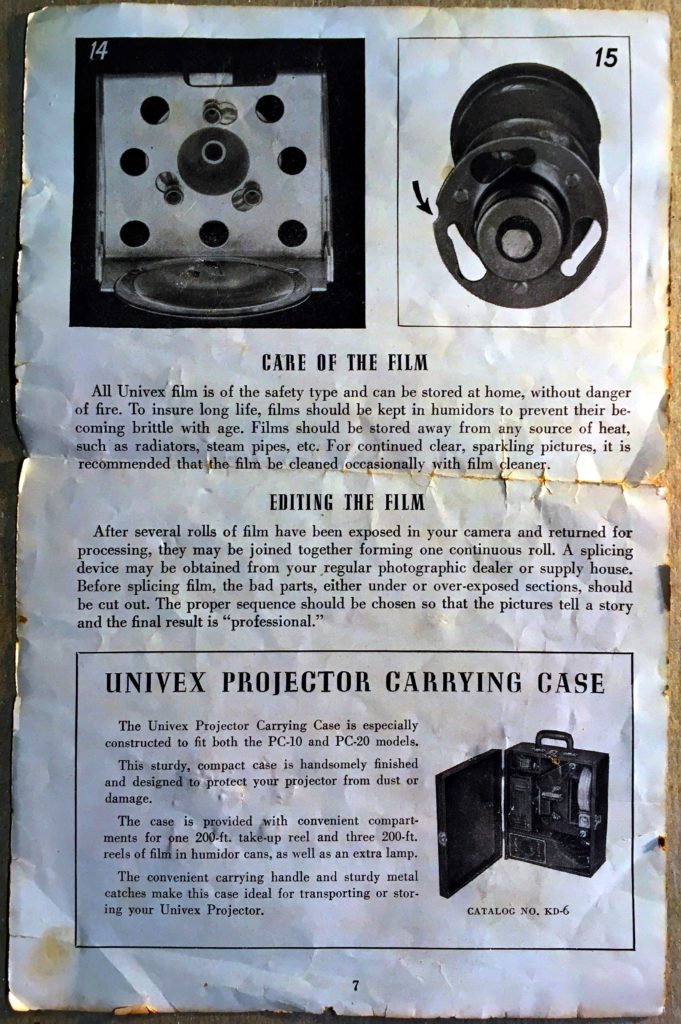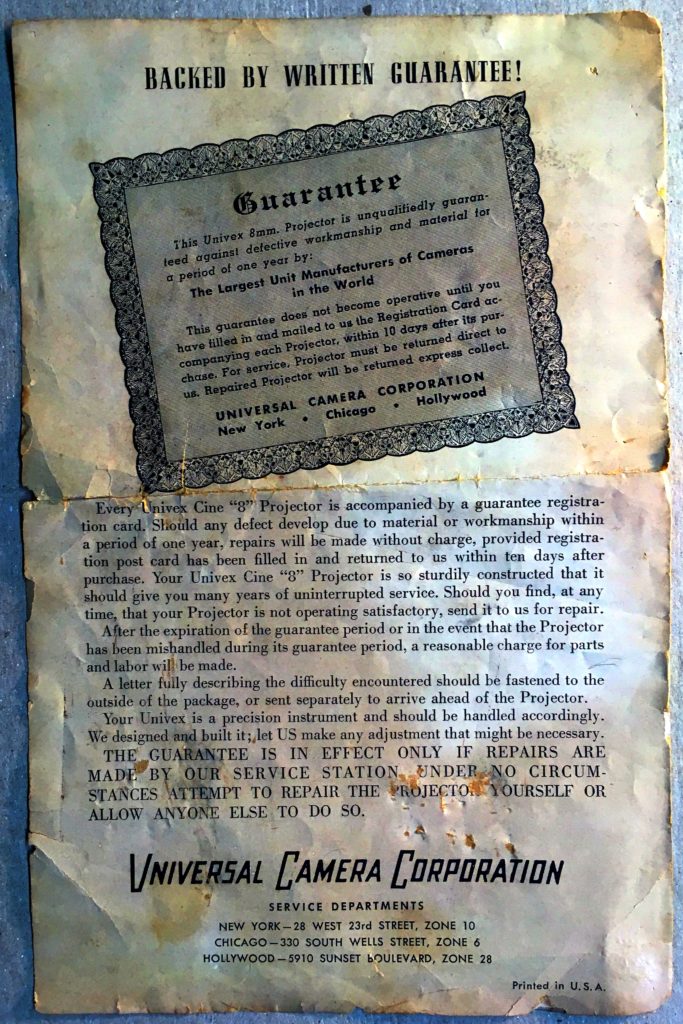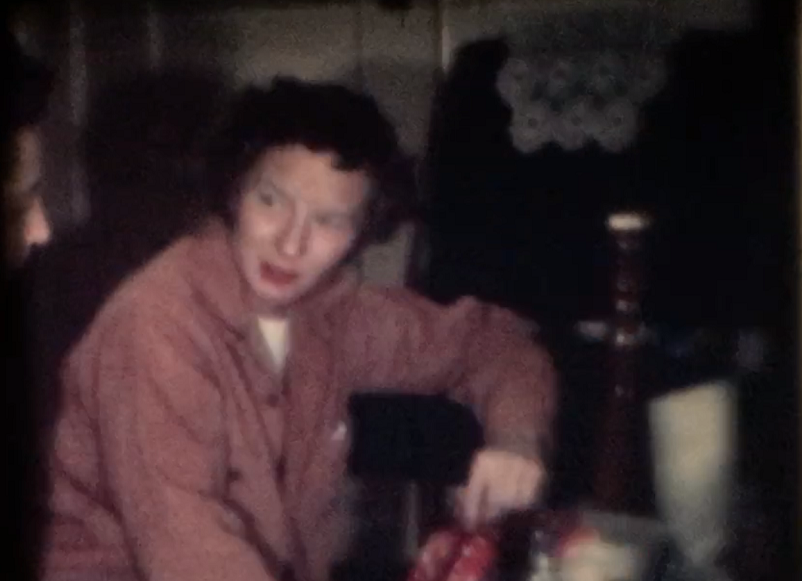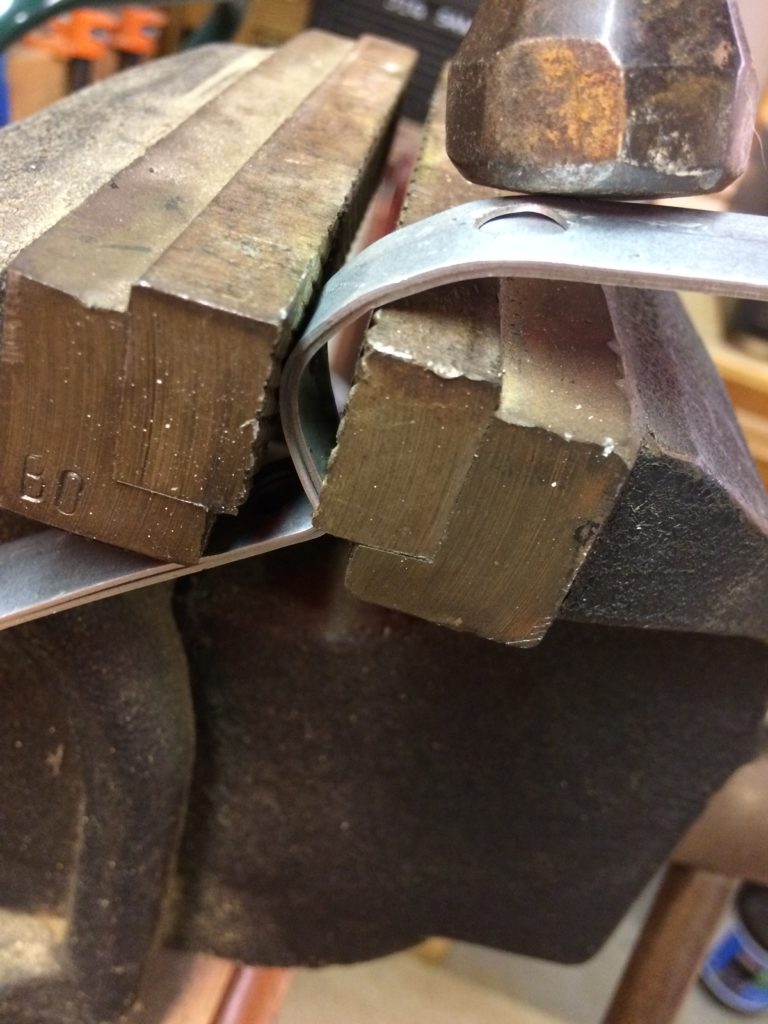When I visited Germany last year, I was able to explore my grandfather’s home town of Plauen. But I wasn’t completely certain of his old street address while I was there exploring . Even though I even had access to an old 1900s Plauen address book.
The reason for my uncertainty was because my grandfather was a minor and his name didn’t show up in the address book. And also because his father, Otto, had a pretty common name back then which showed up several times in the address book!
It took me a while and it was kind of tedious work, but I was able to pull all the Leucht’s from all the Plauen address books from 1903 till 1936 and map out all the households into a relatively simple spreadsheet.
Here is the link to the spreadsheet that I created:
https://drive.google.com/open?id=1HwCxxsztr4dIgrO6Mj9_70-jbNg46D5v
The spreadsheet is kind-of sort-of alphabetical by first name. Although when multiple Leucht’s end up living in the same household, the alphabetical order breaks down in favor of keeping households together.
I tried my best to group or section off people that were related or were roommates at some point. The light blue and the light green colors are there to show how I grouped folks together.
Let’s start by looking at Albert. In 1903, Albert lived at Pestalozzistr 22 and his trade or occupation was listed as “hdlgsgeh” which is an abbreviation, so Google Translate had trouble translating it for me.

And then between 1904 and 1914, Albert was living at Wettinstr 86 and his occupation was listed as accountant. Then Albert moved away from Plauen sometime after 1914.
Both of these Albert spreadsheet rows are colored light blue because they are showing the same person. At least in theory. There is, however, a chance that these are two different Alberts. But until we get more information, let’s just assume they are the same Albert.
Now let’s look at a more complex living situation. Jump down to Ernst’s row. In 1903, Ernst was a clerk living at Krausenstr 5. Now look in the next row. In 1904, Ernst moved in with Louis the material merchant at Wettinstr 8. Even though Louis and Earnst are not alphabetically adjacent, they lived together so I put them next to each other and color coded them in order to more easily visualize their household relationship.

Looking forward in time, Paul (another hdlgsgeh just like Albert) lives with them for a couple years. And then another Louis shows up. This second Louis is very likely the first Louis’s son! Louis junior sells potatoes for his dad, because by now the address books say that Louis senior is now a potato merchant! Some years later, Karl and Kurt both show up in the address book too as working for Louis senior. Possibly two more sons! Then as time moves forward, these sons each move out on their own. Although it looks like they continue to work for their dad. Also, they live only 2 and 3 doors away from their dad. That’s kinda sweet.
See how it tells a story of this family! Pretty cool, huh?!? Until I put this data into a spreadsheet like this, these relationships and this entire living history were both really difficult to see!
Now jump down to Gustof the weaver! Did that guy like to move around or what?!?!?

Now let’s get to the whole point of this entire exercise. My grandfather and his family’s address!!!
There were 4 separate Otto’s living in Plauen in the years that my grandfather would have been growing up in Plauen. One was listed as an embroiderer. One was listed as a “recipient of agent”, whatever that means. One was listed as a citizen, or no occupation, which could mean retired or just not working at that time. And the 4th was listed as an agent and also listed as a dairy merchant.
By mapping out all the names that entered and exited each household I was able to figure out which of these 4 households was actually my grandfather’s. It was the 4th Otto who was listed as an agent and a dairy merchant, living at Pausaer StraBe 106!

The first reason I know this is his household is that my grandfather’s mother’s name, Ida, showed up in the address book as a dairy merchant during 3 of those years. There aren’t a whole lot of women’s names showing up in these address books at this point in history. I suppose they had to be working in order to be listed. So my great grandmother must have taken up a career for a few years to help out the household. This was about the same timeframe that my grandfather left for America. I wonder if that timing is meaningful.
The second reason I know this is my grandfather’s household is that my grandfather wrote in his journal, titled My Journey To America, that his family moved to Plauen around 1900. Well, the 4th Otto didn’t actually show up in the Plauen address book till 1904, so grandpa was a few years off in his 1900 estimation. But he wrote that forward to his journal later in life so we will have to give him a pass on knowing whether he was 4 years old or 8 years old when his family actually moved to Plauen.
The third reason I know this is my grandfather’s household is that my grandfather also wrote in his journal that his dad was an insurance salesman. And one of the occupations listed in the address book for the 4th Otto was “agent”.
The fourth reason I know this is my grandfather’s household is that my dad told me that grandpa’s parents, Otto and Ida, came to America in 1926. And the 4th Otto just happens to disappear from the Plauen address books at that same time.
Any one of those reasons, or even any two of them might be arguable as coincidence. But when you take into account all four of these pieces of evidence, I think there’s a pretty high likelihood that this is the right household. Now we just need to get to the bottom of this whole dairy merchant thing. That’s news to us!
Please email me using the link at the bottom of the website or leave a blog comment below if you see anything wrong with my spreadsheet or anything wrong with my logic or if you have any more information that might be useful. Or let me know if this spreadsheet I created actually helped you track down your own Leucht ancestors in Plauen! Also, please help me with the translations that I was unable to accomplish and help me fill in the unknowns, like several of the occupations.
Thanks for your interest!
Kurt








